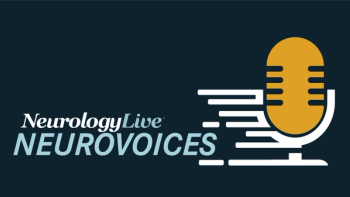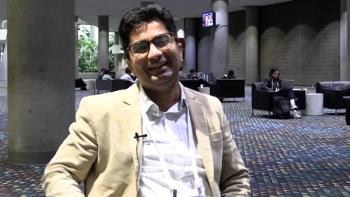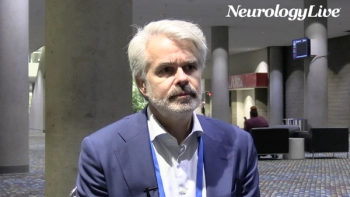
|Slideshows|December 11, 2018
Neurology Times’ Top 11 Clinical Articles of 2018
Presenting our year in review, a collection by experts in their respective fields of brain injury, MS, concussion, epilepsy, migraine, and more.
Advertisement
Newsletter
Keep your finger on the pulse of neurology—subscribe to NeurologyLive for expert interviews, new data, and breakthrough treatment updates.
Advertisement
Latest CME
Advertisement
Advertisement
Trending on NeurologyLive - Clinical Neurology News and Neurology Expert Insights
1
Tolebrutinib Falls Short in Phase 3 PERSEUS Study, Forcing Decision to Redact Regulatory Submission
2
Understanding the Therapeutic Potential and Promising Early-Stage Data on Azetukalner for Focal Onset Seizures
3
A Clinical Review of the 2025 Restless Leg Syndrome Guidelines
4
Exploring the Integration of AI into the field of Epilepsy: Balu Krishnan, MD
5































